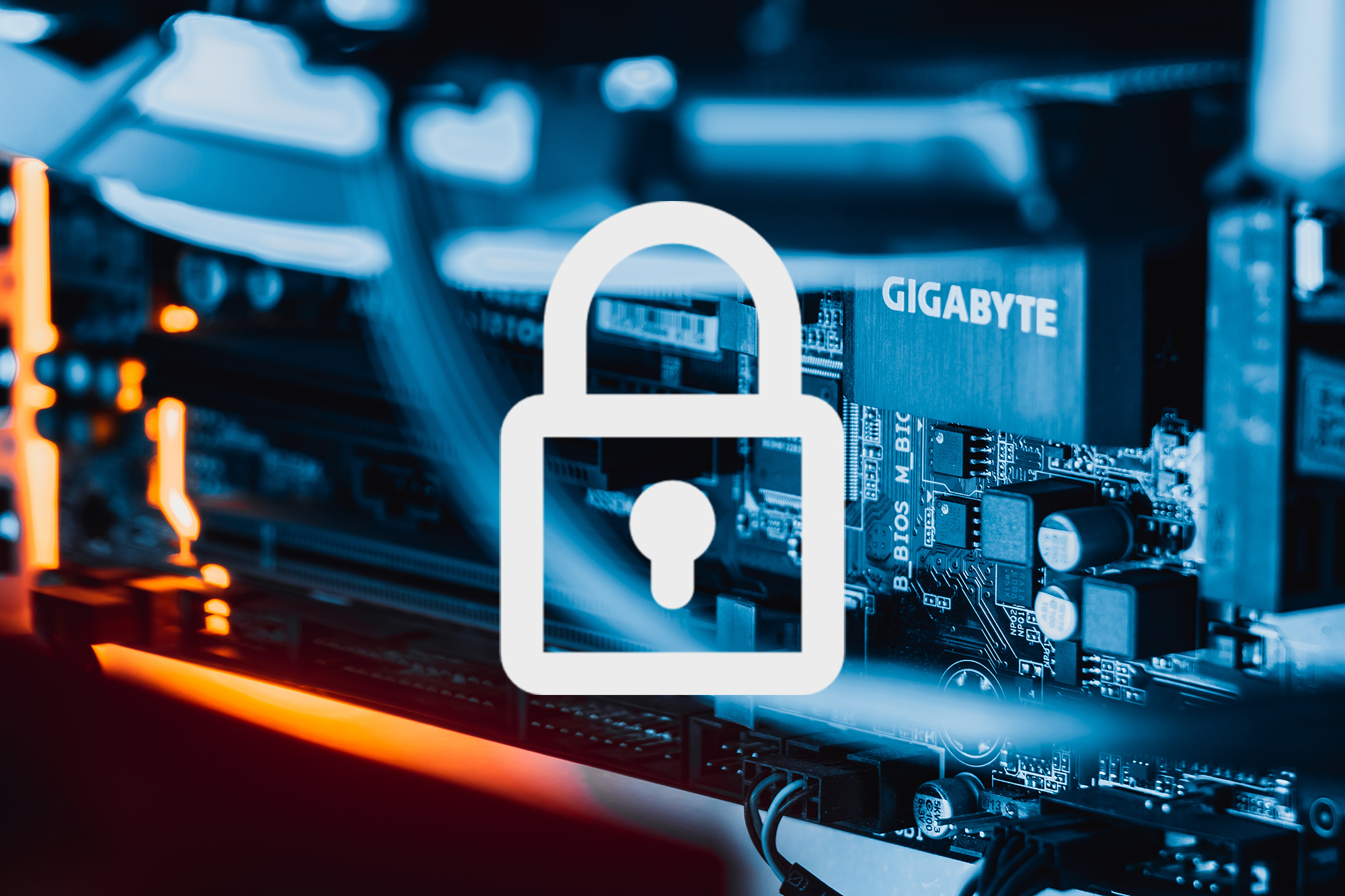The vast majority of cloud computing service providers are subjected to frequent and continuing maintenance and security assessments. Although this helps to maintain a high level of data security, it is ultimately the responsibility of individual firms to ensure that their supplier follows the required data security and regulatory compliance processes to meet their specific needs. Based on suggestions by JFrog, this article will show you the most important steps your firm should take to protect itself against cyberthreats in the cloud.
Update Your Cloud Census
It’s conceivable that all it takes to activate a cloud service is inputting a credit card number on a supplier’s website. As a result, if safeguards are not taken, various departments and teams will begin using the cloud without the necessary level of security. Therefore, it is critical to make sure that you are always alerted whenever someone, regardless of where they are situated within your organization, starts using a new cloud service.
Recognize the Shared-Responsibility Model
In general, cloud providers are responsible for cloud security, but it is your responsibility to guarantee that your data is safe while it is kept in the cloud. In other words, they will ensure that the service they offer, whether infrastructure, infrastructure in combination with an application, or anything else, is safeguarded. However, to mitigate the risks associated with cloud computing, you must ensure that the actions you take with the resources they provide are safe. Examine your agreement carefully, and feel free to ask for clarification if anything is unclear to you. This will help you prevent any misunderstanding about who is responsible for what.
Add Cloud Security Wherever It Is Necessary
While the natural security protections supplied by cloud providers are beneficial, you should supplement them whenever possible. This is especially crucial to remember when working in environments that leverage infrastructure as a service (IaaS) and platform as a service (PaaS) since you will almost certainly be “renting” different levels of technology from the cloud. Jumping between numerous compartmentalized systems to detect and respond to dangers, on the other hand, is inefficient and fruitless, especially when there is no larger context accessible. A unified solution that centralizes and correlates data while also providing threat intelligence and dynamic detection may span cloud, network, and other systems.
Keep an Eye on Your Advantages
Implementing tight role-based criteria for every account that your company uses across all clouds might be a hassle at times. When considering whether to engage in a particular activity, rigid adherence to the notion of least privilege may result in a loss of productivity for the person who engages in it. These disadvantages, however, pale in contrast to the cloud computing security concerns that your organization would face if you set everyone’s default rights to exorbitant levels. This is because excessive permissions are typically the same thing that allows threat actors to turn a hacked account into a ransomware disaster.
Establish and Test Communication Channels
When it comes to communicating with the security teams of your cloud providers, you don’t want to wait until a problem has already occurred. It would be much better if you could include this condition in your contract. Building such links will be very advantageous in the future, particularly when faced with serious dangers that require collaboration.
As a result, it is critical to stress that cloud providers are, on average, much more knowledgeable about cybersecurity than their customers. Because of their business strategy and economies of scale, they can devote a greater portion of their resources to preventative and reactive security measures. Also, to work with businesses in highly regulated industries like banking and healthcare, these companies often have to follow strict security rules from all over the world.
You may verify cloud providers’ statements regarding the level of security they provide by asking about the certifications they have obtained and the most current assessments of their systems. You might also try contacting the security teams at the other companies that use your cloud provider to see what advice they can provide.
Conclusion
As the number of organizations that rely on cloud-based technology grows, it is critical to ensure that systems are secure and that private data is protected. This is particularly true given the prominence of remote working and digital transformation at all levels. Cloud storage is not inherently dangerous; however, businesses should take key security precautions to prevent cloud security breaches in the future.







